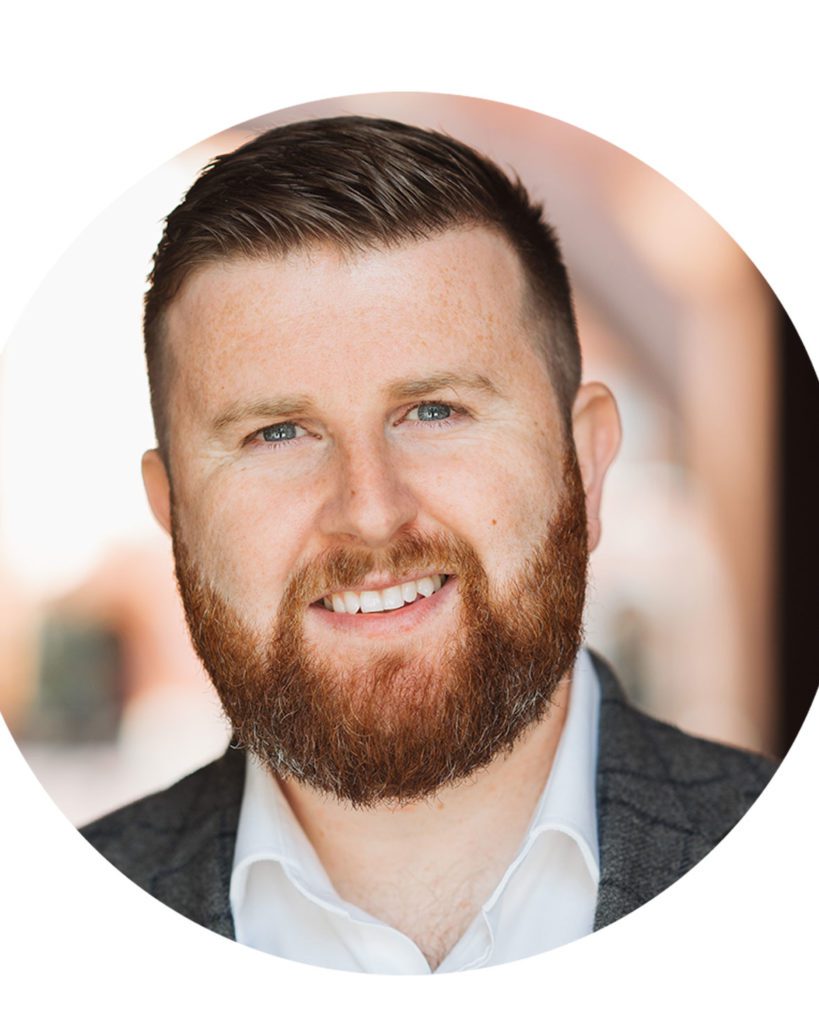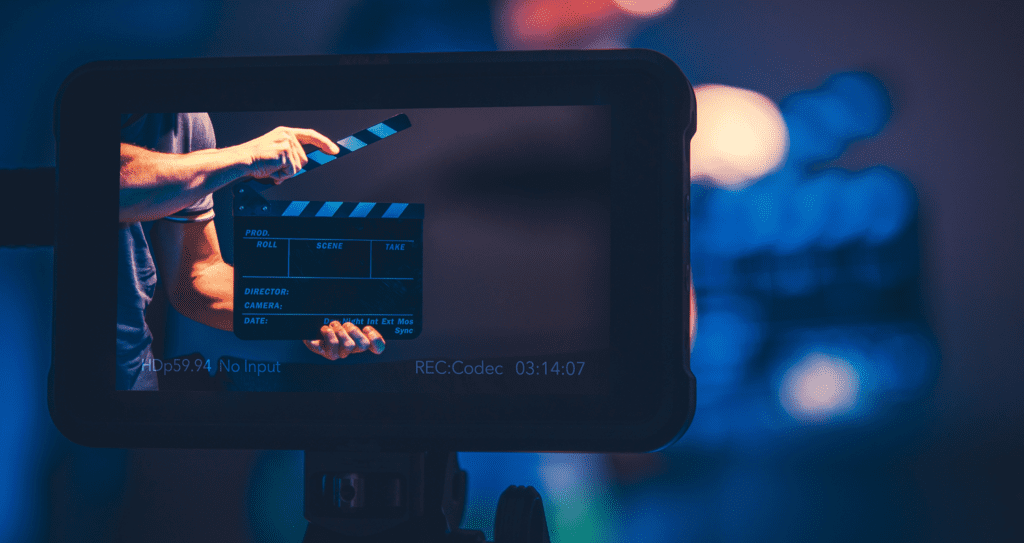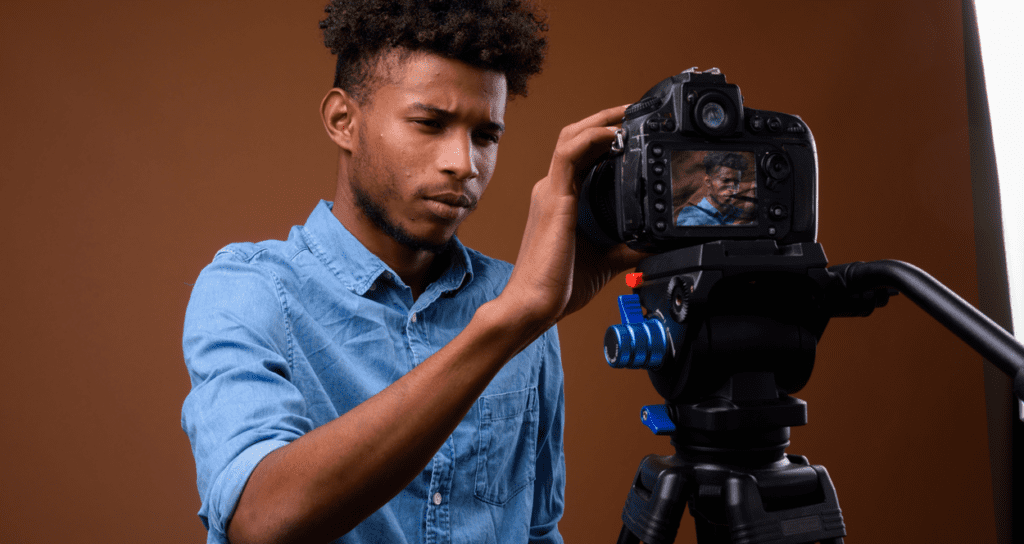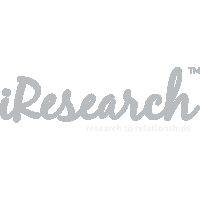In 2019, a question popped up again and again, “Your content marketing event sounds great but I’m unable to attend, can I tune in and watch live, or a replay?”. The team and I began working on a plan that meant we could deliver this in a way that could both engage and educate our community. Our aim was to have a CMA Learning platform live by June 2020, then Covid-19 hit the world, meaning we had to adapt and accelerate our plan. We’re now in June and already delivered over 100 webinars, with over 2,000 unique registrants. It’s been a superb effort, and I’d like to thank our amazing speakers who stepped forward, and also those that have joined in and engaged with us. Just like our usual CMA events, there’s been a great discussion, strong insights, as well as the usual friendly chat.
We’re not done yet…
With more webinars scheduled into July, we’ll be continuing to run the CMA Learning platform, and will continuously add to the schedule. As always, if you have a suggestion for a topic, or would like to present a CMA Learning webinar, then please get in touch, we’d love to hear from you.
Content Marketing Weekly Write-up
My ‘Weekly Write-up’ will now be included in the CMA newsletter, with some key takeaways from each webinar, along with a link to replay each session if you missed it. This week we’re covering webinars from The Post, SocialB, and our virtual Content Breakfast with Bloomberg, GOAT, Meantime Media, TCO London, Kaptcha TV and China Global Television Network. All our sessions are recorded and you can watch the replays for free at any time.


Binge Marketing
Carlijn Postma, Founder, The Post
Carlijn delivered her second CMA webinar on Binge Marketing, and I’m certainly a fan of the concept. Rather than looking at content as a one-off project, create content like a Netflix series. Each series is made up of episodes, and Carlijn ran through some great examples of this. Especially in working stories into your content, making the audience want to ‘read on’ like they would say ‘one more episode’ when watching a series on Netflix. So when we think of running content like a Netflix series, it’s the principle of creating and showcasing your work, rather than charging £7.99 a month!
How to pivot your marketing
Lynsey Sweales, CEO, SocialB
Lynsey returned to run a CMA webinar on how to pivot your marketing and talked about finding the sweet spot when creating content. Lynsey spoke about what the organisation needs and what the audience needs, and the content should fit in the middle – creating content that leans on the experience and knowledge that the organisation has, and is educational or entertaining enough for the reader. Lynsey also gave great advice on where to find data that you can create content with.

Content Breakfast – Video (Part One)
Sara Nourizadeh, Exec Producer, Bloomberg Media Studios
I was interested to see how Covid-19 had changed the way Sara, an exec-producer at Bloomberg Media Studios worked with her team. During this talk, Sara also went on to talk about the things that will change post-Covid.
- How will clients’ budget change?
- Has the intended messaging changed?
- What content formats do clients want?
- How are we able to produce content?
- How do you build trust?
Sara spoke through the challenges of organising a shoot when you can’t leave the house and showed examples of the DIY set-up she had in her house which included an iPhone wearing a pair of headphones. In addition to this, Sara showed us a ‘drop kit’ which is being used within Bloomberg. A technician will arrive at the interviewee’s home or office and leave a sanitised cart with lights, microphone, and camera which can be controlled remotely.
Animated content is also an area which has grown across the lockdown, thanks to the nature of it being created rather than needing live actors. This could be an area that continues to grow after Covid-19, and we will see more people using this across the world, and through many industries.

Thomas Freeman, Editor, GOAT Agency
I’ve been an admirer of the GOAT daily vlog for some time and enjoyed watching it on my daily commute. So when the team began putting this breakfast event together, I contacted the team at GOAT to see if they’d be interested in spending the morning talking about the highs and lows of running a daily vlog.
Tom’s the editor at GOAT and is currently up to episode 378! I wanted to find out just how much work goes into each episode, and how they keep the content fresh, as I believe that more companies could be creating and sharing vlogs … maybe not daily, but certainly a weekly round up.
There was lots of great advice on vlogging, but the one thing that stood out for me, probably as it’s usually a barrier for starting a vlog, was that you don’t need an expert behind the camera. Tom spoke about Matt (videographer) not having a marketing background which meant he could ask questions that the audience may ask. So if you’re not in a position to hire in a crew, you could always ask people from different departments to interview each other – that way they’d have a basic understanding, but could ask questions should some technical jargon pop up.

Adam Turner (Producer) and Joe Murray (Creative Director), Meantime Media
Wearing matching t-shirts, Adam and Joe joined us to talk about how to create creative content on a small budget. I first got in touch with Meantime Media after seeing the incredible video they created when moving into their London office. Since then, I’ve enjoyed watching videos created by the Meantime team, so when putting together this content breakfast, thought it’d be great to invite the guys on.
Joe talks about a campaign they worked on with Norwich City Council which had a very small budget, but thanks to having the technical knowledge and creativity, they were able to create a fun piece of content. Adam and Joe both mentioned how they could create a nice professional looking piece of content for that budget, but you can also create something unique and exciting.
Creating content during lockdown has been pretty difficult, but it’s also a great time to get creative. Adam showed an example of a video he’d put together for a local coffee shop. By using stock video, client imagery, and a voice track that he created in his shed, Adam was able to create unique social content for them to use.
Sarah O’Kane, Head of Partnerships, TCO London
Sarah joined us to talk about the art of storytelling and how a brand can use this to show what they’re about, but it’s not for everyone, and brands are increasingly being called out for ‘purpose washing’. Sarah gives examples of where brands have done this well, and also those that have been caught out, such as L’Oréal who dropped a model from their campaign for speaking out about racism, and then years later create a campaign for Black Lives Matter.
Sarah also mentioned how scary it is for some brands right now, and it’s so easy to see those brands getting torn apart and think it’s fine to stay in the box. But if you’re a brand that does want to get involved, here are three key areas that Sarah thinks you need to observe first: Respect, Reflect and Relate.
Richard Thomson, Founder, Kaptcha TV
Richard has a wealth of experience working with talented presenters, and his talk with the CMA is designed for those finding themselves in front of the camera, or whether lockdown has forced you to become a director. There’s a few tricks of the trade that can help you, and Richard gave pointers on how to connect with your audience, structuring your story, delivering with confidence, and how to harness energy behind the camera.
Richard goes through the difference of presenting on camera and how this is different to other forms of presenting. When you’re on stage, you can look across the room and walk around engaging with the audience. Using your eyes to engage with an audience is a key skill, and the better the presenter is, the more the audience will engage with the presenter.
Juliet Mann, China Global Television Network
Being a professional presenter on China Global Television Network, Juliet gave us some great tips on how to engage with an audience through the camera. It may seem more difficult when you’re not there in person to interview them, but treat it like a real interview, and be sure to have an informal conversation with the interviewee. Juliet goes one step further and gives some great advice on being in front of camera, and uses the acronym AMEN,
- Audience: Who’s your audience?
- Messages: What are you trying to get across. Have three key messages, if you get one across great. if you get two or three, then it’s a superb interview.
- Example/Evidence: Have key facts to back up things that you’ll be saying. Mention the award you won, or the research you carried out
- Negatives: What don’t I want to come up? Work through the possible ‘bad questions’ could be, and work out how to answer and move on.






